Lithium-iron battery maintenance guide
Setec Powerr
FEBRUARY 23, 2023
A lithium iron battery, also known as a LiFePO4 battery, is a type of rechargeable battery that uses lithium iron phosphate as the cathode material. The anode and cathode store lithium, while the electrolytes carry positively charged lithium ions from the anode to the cathode, and vice versa, through the separator.

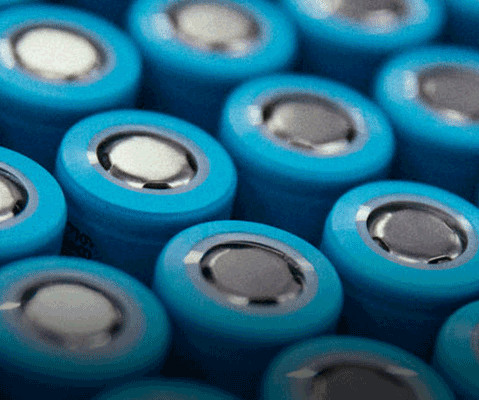
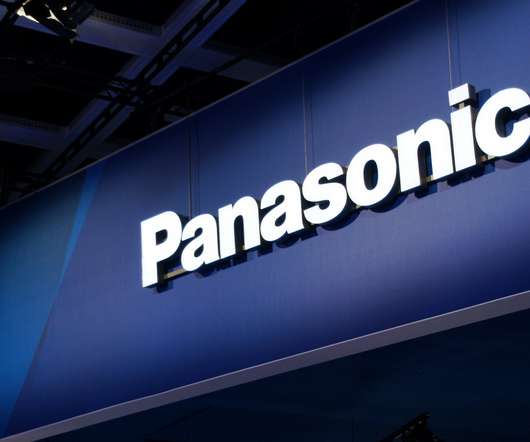
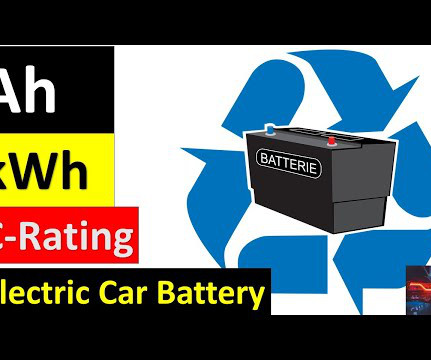






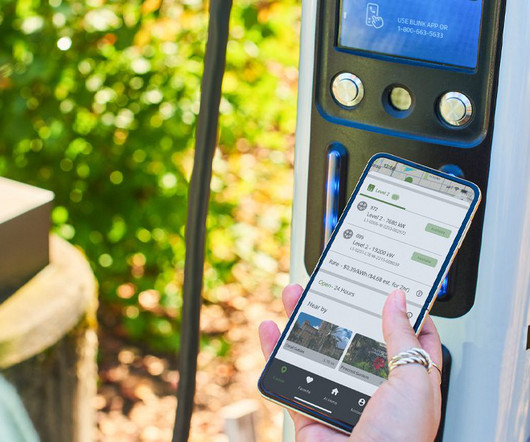



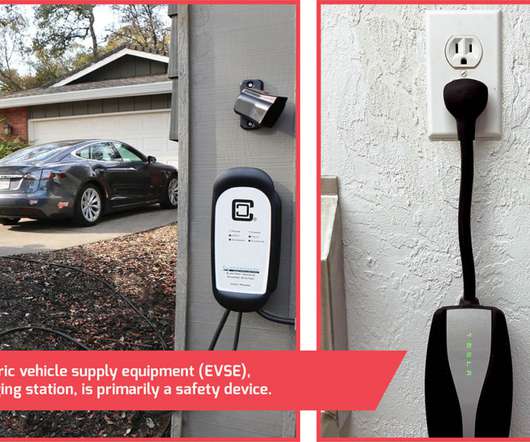









Let's personalize your content